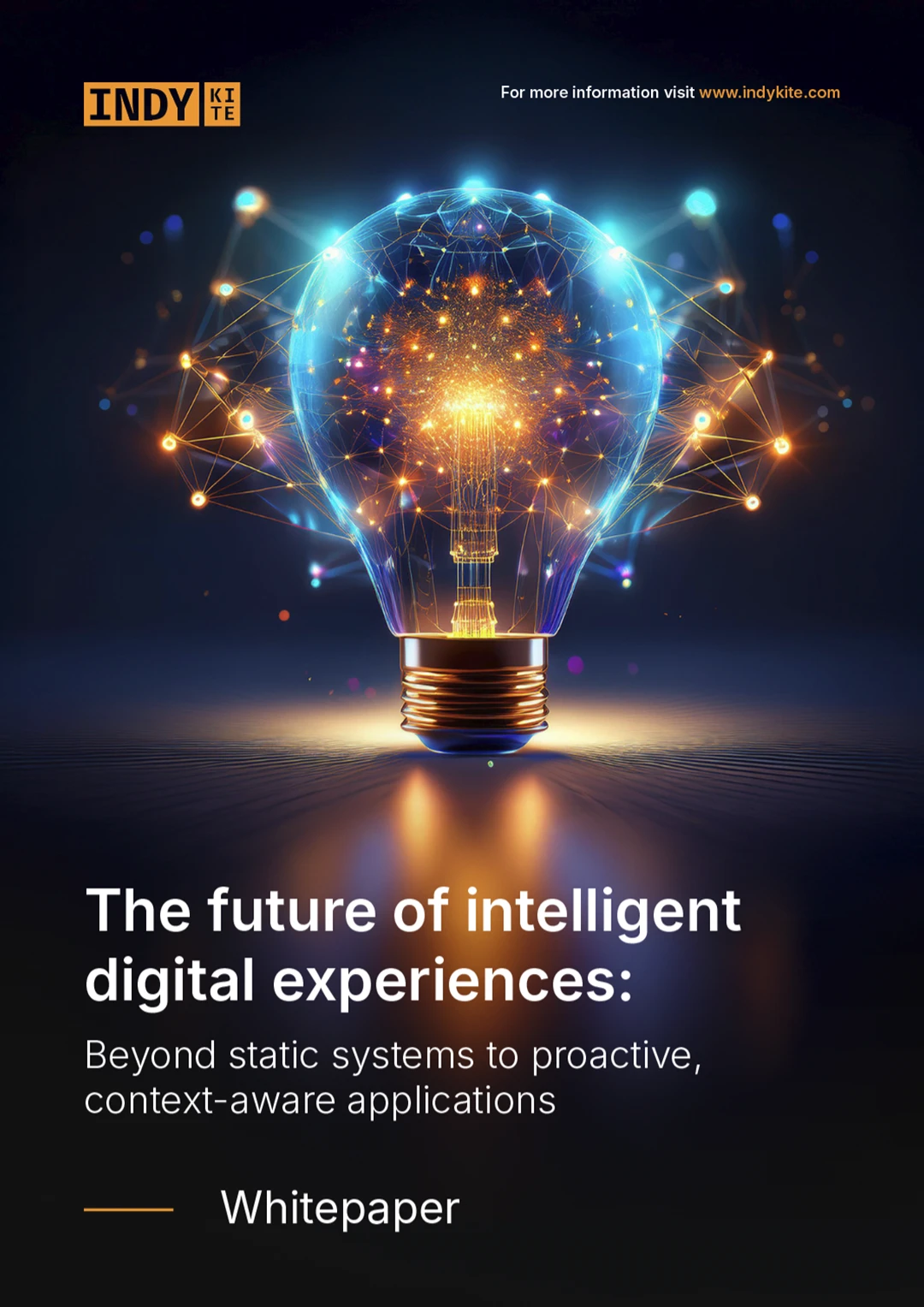It's been a few months since we launched our dynamic authorization product, Knowledge-Based Access Control (KBAC). If you would like to catch up, you can read our launch blog from IndyKite’s CEO, Lasse Andresen, Knowledge forms the base of advanced authorization-as-a-service and check out more details here.
The buzz from the market around the possibilities of leveraging graph for authorization is growing and we urge you to join the movement today! Why the urgency? The world we live in isn't waiting - the distributed nature of our lives, our interactions with other humans and things, the access privileges (or lack of) of those things - creates an enormous amount of complexity. This world requires solutions that model the complexities, and unfortunately the current ways of working don't meet those needs.
Authorization has experienced many approaches and models over the past few decades, with each new iteration striving to achieve less user friction while increasing security. But to really solve the challenges as well as the opportunities of the modern world, we must introduce flexible, intelligent applications.
Introducing…again…Knowledge- Based Access Control
We believe it's so important, it deserves multiple introductions!
IndyKite Knowledge-Based Access Control is the authorization solution to better guard risk, improve security and uncover insights for new product creation.
IndyKite Knowledge-Based Access control (KBAC) leverages the IndKite Knowledge Graph to express the relationships and context present in the real-world, digitally.
KBAC interrogates the continuously changing context, delivering granular, dynamic authorization-as-a-service.
So, what does that really mean?
Dynamic authorization makes sense in principle, but what do we really mean when we talk about a solution requiring more flexible data models? What does this actually unlock for your organization, what are the benefits of Knowledge-Based Access Control?
Let's break it down into four basic benefits for your organization:
- Relationships matter more than individual data points: to solve complex, dynamic authorization use cases we need context. Context comes from having a rich dataset of relationships, and graph provides the means to deliver.
- The policies managed in your graph deliver flexibility and scale: authorization-as-a-service delivers dynamic decision making. By adding context as a part of your policy, the permissions given or denied are happening in real-time, helping you to reduce policy explosion.
- The enrichment of the knowledge graph makes authorization more robust: the added intelligence from new data sources, new connections between those data sources and the possibility of derived intelligence builds a base in which to perform granular authorization needed to reflect the real-world.
- The knowledge graph delivers efficient authorization at scale: not only in the types of policies but also in the number of these policies. Real-time authorization requires a model to deliver results and the knowledge graph is up to that challenge.
Sounds great, right? Still more questions on what exactly we mean? Check out the webinar Knowledge Based Access Control.













